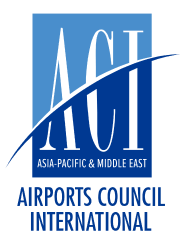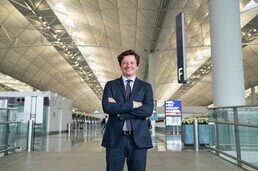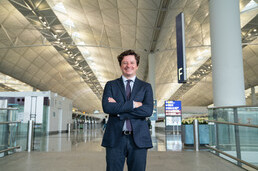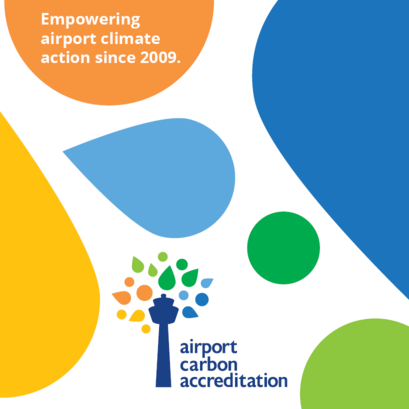Driving socio-economic development through airports
- 2025-06-04
As the aviation industry undergoes rapid transformation, airports in Asia-Pacific and the Middle East regions are at the forefront of change, facing new challenges and opportunities. In this interview, the newly appointed President of ACI Asia-Pacific & Middle East, SGK Kishore shares his vision for the region’s airports, emphasising innovation, sustainability, and connectivity.
With air travel demand set to surge in the coming decades, Kishore, who serves as Executive Director and Chief Innovation Officer at GMR Airports, aims to position airports as key drivers of economic growth while prioritising resilience, efficiency, and seamless passenger experiences.
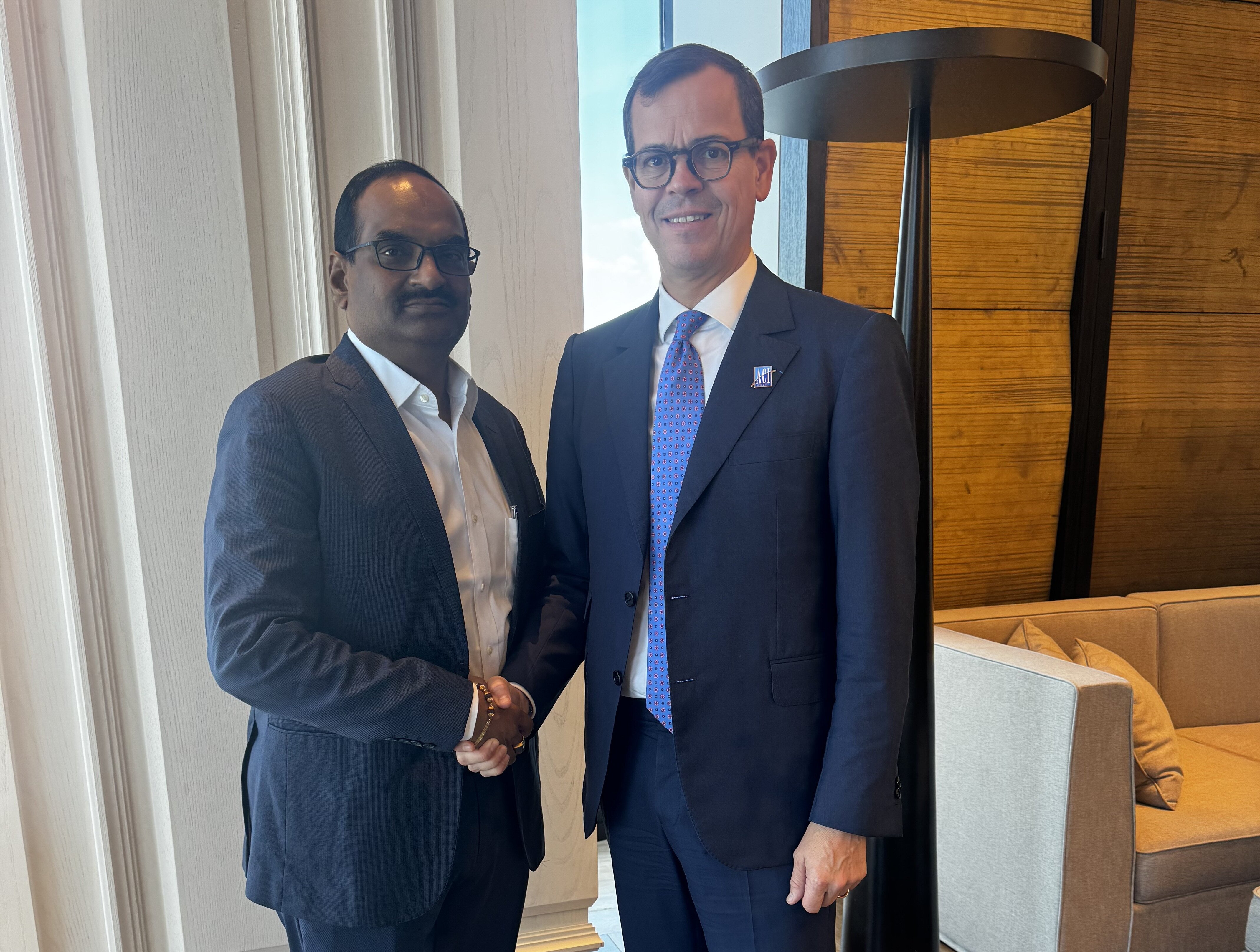
Mr. SGK Kishore (left) with former President Mr. Emmanuel Menanteau
Congratulations on your appointment as President of ACI Asia-Pacific & Middle East. How do you envision your leadership shaping the region’s airport industry?
I am honored to serve as President of ACI Asia-Pacific & Middle East for the next two years. I want to acknowledge the outstanding leadership of my predecessor, Mr. Emmanuel Menanteau, who steered the association through unprecedented challenges and championed initiatives that have strengthened our airports and the wider aviation community. Building on this strong foundation, my focus is on driving progress—enhancing air connectivity, innovation, and advocating for policies that support airport growth while ensuring resilience, sustainability, security, and safety. Airports are more than infrastructure; they are engines of socio-economic development, connecting businesses, communities, and people. Technology and sustainability must be at the heart of this transformation. By embracing innovation, we can enhance the passenger experience and make air travel more seamless.
Given the diverse challenges and opportunities in this region, what are your top three priorities as ACI APAC & MID President?
The aviation sector will undergo tremendous transformation over the next 10 years, and airports must embrace innovation to stay ahead. Innovation is the key and disruptive advancements across all levels will be essential. As airports in our region enter a new era of growth, our focus areas will be sustainability, smart connectivity, and infrastructure development.
- Sustainability: Airports must integrate innovation-driven strategies to expand responsibly while safeguarding the environment. Through initiatives like the Airport Carbon Accreditation (ACA) program and the Net Zero Roadmap, we are committed to driving innovative solutions that help airports reduce emissions, transition to cleaner energy, and build long-term climate resilience.
- Seamless and efficient Smart connectivity: Seamless travel is equally critical as passengers expect fast and secure journeys. Technology and new processes are critical enablers to boost connectivity. Wider use of biometrics, Artificial Intelligence and digital identity at airports and smarter procedures, such as the adoption of one-stop security or VISA-free policies can significantly benefit passengers. Cybersecurity will remain a key focus, ensuring airports are protected against digital threats.
- New infrastructure: With air traffic in Asia-Pacific and Middle East set to triple by 2042, significant infrastructure investment is needed. Our goal is to work with governments and industry partners to ensure airports are equipped to meet future demand and sustain long-term growth.
A financially viable airport charges model is key to meeting these demands without compromising service quality. It is also important to dispel a popular misconception—airport charges have minimal impact on airfares. They make up less than 5% of an airline’s cost base, and ticket prices are determined by factors like fuel costs, market demand, and competition. A fair and sustainable charging framework allows airports to invest in the future but also enable them to remain economically sustainable.
With air travel demand set to surge over the next two decades, how can an airport charges framework be structured to drive essential infrastructure investment while ensuring long-term economic sustainability for airports?
Airports are infrastructure-intensive businesses with high fixed costs tied to maintaining and expanding essential facilities. Unlike airlines, which can adjust ticket prices based on demand, airports levy charges that are regulated at and national level and rely on stable revenue streams to fund long-term projects. With air travel demand set to surge over the next two decades, expansion and modernisation are more critical than ever. New terminals, extended runways, advanced technology, and sustainability initiatives require significant investment to keep pace with growth while ensuring efficiency and safety. A financially viable airport charges model is key to meeting these demands without compromising service quality. It is also important to dispel a popular misconception—airport charges have minimal impact on airfares. They make up less than 5% of an airline’s cost base, and ticket prices are determined by factors like fuel costs, market demand, and competition. A fair and sustainable charging framework allows airports to invest in the future but also enable them to remain economically sustainable.
How would you prioritize sustainability in Asia-Pacific and the Middle East regions?
My priority is to accelerate the journey of airport decarbonization across four key areas. First, we are scaling up Airport Carbon Accreditation (ACA), driving broader participation. With nearly 100 airports in our region joining the program and 34 already committed to net zero before 2050—some targeting 2030—progress is well underway. Second, we are championing the Net Zero Roadmap—an on demand programme- supporting airports with strategy to transition toward net zero.
Airports must also evolve into energy hubs, integrating renewable energy, SAF infrastructure, and hydrogen technology to support the industry’s green transformation. Our upcoming Climate Adaptation Study will provide risk assessment tools and resilience strategies to help airports prepare for future challenges.
Air connectivity is a key driver of economic growth. What role should ACI play in enhancing connectivity across Asia-Pacific and the Middle East?
Air transport is a cornerstone of economic growth, supporting 46 million jobs and contributing $1.18 trillion in GDP across Asia-Pacific and the Middle East, according to latest assessment from ATAG related to 2023 (an year where the sector was in some countries still in a recovery mode). We remain committed to advancing policies that foster a competitive and well-connected aviation ecosystem. A key priority is advocating for greater liberalization of air transport, enabling airlines to expand networks, enhance competition, and offer more affordable travel options. Equipping airports with the right tools is equally crucial. Through knowledge-sharing initiatives, ACI empowers airports with best practices in route development and network planning, strengthening their role in regional and global connectivity. Seamless travel also requires efficient policies. Restrictive visas norms hinder connectivity, and ACI will advocate for streamlined processes to boost tourism, business, and economic growth.
With evolving passenger expectations, what innovations do you see shaping the future of airport experiences in Asia-Pacific and the Middle East?
As air travel evolves, airports must innovate to deliver seamless, efficient, and personalised experiences. AI, biometrics, and digital identity will transform travel, enabling hassle-free journeys. AI-driven operations will optimize efficiency, while predictive analytics enhance passenger flow and baggage handling. Meanwhile, advanced air mobility—through eVTOLs and air taxis—will redefine connectivity, requiring airports to adapt with new infrastructure and regulations. The future of travel is smart, integrated, and sustainable.
How do you plan to help airports in Asia-Pacific & the Middle East build resilience and support economic recovery in the post-pandemic world?
As aviation rebounds, airports in Asia-Pacific & the Middle East must reinforce their role as economic and social engines. Strengthening resilience means embracing innovation, diversifying revenue streams, and driving sustainability. Smart technology, automation, and AI will enhance efficiency and passenger experience, while new business models beyond aeronautical revenue will ensure financial stability. Collaboration across the industry is key to long-term growth, supported by a skilled and adaptable workforce ready for the future.
What do you hope your leadership will achieve in terms of strengthening the region’s position on the global aviation stage?
As President of ACI Asia-Pacific & Middle East, my vision is to strengthen our region’s influence on the global aviation stage as drivers of socio-economic growth. A key priority is making our voice heard in regional and global policy discussions, particularly at ICAO forums, and national level to shape regulations that support our fast-growing markets.
In September 2025 the group of 193 States will meet at the ICAO Assembly in Montreal, a key event for international civil aviation. 10 States, including Australia, China, Japan, India, Saudi Arabia, Singapore, Malaysia, South Korea, Qatar, and the UAE play a critical role in the ICAO Council. ACI APAC & MID is eager to cooperate with delegations of these countries to promote reforms in the priority areas of connectivity, slot allocation long-term reform, sustainability, resilience and inclusiveness.
At the same time, enhancing competitiveness and connectivity is essential. By expanding air connectivity, driving innovation, and streamlining regulations, we can attract investment and explore new opportunities for trade, tourism, and business. Our airports must lead to cutting emissions, and building resilience to climate challenges. My focus is on accelerating these efforts to achieve environmental goals while maintaining operational excellence.
